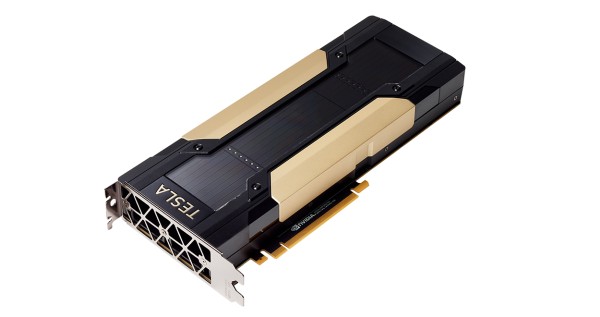Batch Inference
Batch inference is about sending several requests at the same time to your model, so it addresses your
requests all at once.
Batch inference is very powerful because it will take almost the same time for your model to address
several requests as it takes to address 1 request. Under the hood some operations will be factorized, so
that instead of doing everything n times, the model only has to do it once.
Technically speaking, it doesn't decrease the latency of your requests, because your requests won't be
addressed faster, but it will dramatically improve the throughput of your application (your application
can handle more requests with the same hardware).
Batch inference is not perfect though.
First it is not always suited for online inference (i.e. for customer facing applications), because
in order to build your batches you will have to buffer some user requests, so some users will have
to wait longer than usual.
2nd challenge: batch inference works better for similar requests. For example, if you're deploying a
text generation Natural Language Processing model, batching will be more efficient if you create batches of requests that
have the same length.
Last of all, batch inference is not performed by your deep learning model itself, but by a higher
level layer, like a dedicated inference server. It's not always easy to implement such a layer. For
example, NVIDIA's Triton Inference Server (see below) is very good at performing batch inference,
but
you first need to find a way to make your model compliant with Triton.
Once you manage to export your model into Triton, batch inference is dead simple. For example, here is
how to create batches made of up to 128 requests, and wait for 5 seconds maximum before processing the
batch (this should be put in the "config.pbtxt" file).
max_batch_size: 128
dynamic_batching {
max_queue_delay_microseconds: 5000000
}



